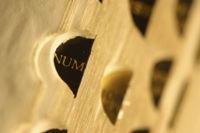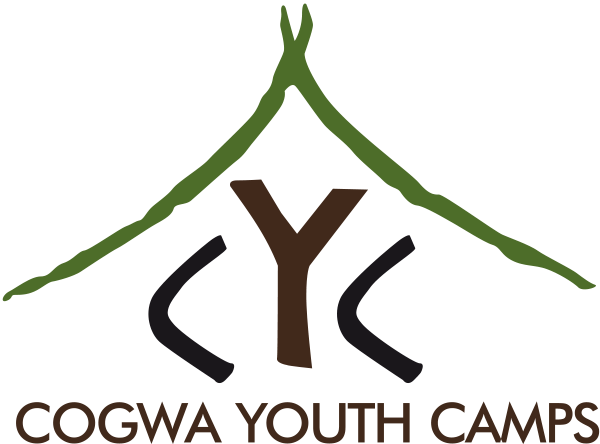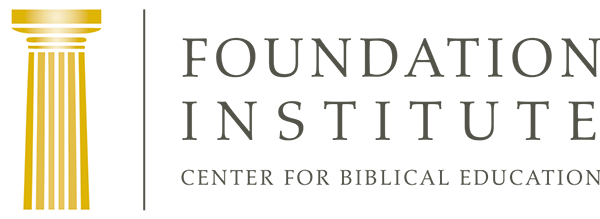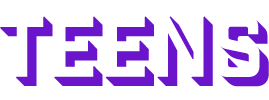Reading the Bible: A Daunting Task?
Written by Karen Meeker
 The Bible is an amazing book—not an easy one, but one well worth the effort. Here are some approaches for gaining more from God’s Word.
The Bible is an amazing book—not an easy one, but one well worth the effort. Here are some approaches for gaining more from God’s Word.
So many Bibles have been printed that no one is sure of the exact number. And no one seems sure as to how many people have actually read the Bible, though projected numbers for Americans range from 10 to 25 percent of the population. Most people, however, even non-Christians, are familiar with its existence.
Christians commonly see a need to at least reference the Bible and its teachings on a fairly regular basis, but more than a few find reading it “religiously” a rather daunting task. Perhaps that is due to the sheer number of words contained between its covers—783,137 in the King James Version by one count—or perhaps they fail to see the relevance of an ancient book to these modern times.
Some do commit to reading a verse a day, perhaps on a calendar, on a blog or in a book of devotionals. It’s fast and supplies a quick dose of inspiration to start an altogether too busy day. Others decide to devote enough time each day to fulfill a personal objective: reading through the Bible in one year.
If you find yourself struggling to find an approach to regular Bible reading that will work for you, perhaps the following tips will help.
It helps to have a plan
There are many aids available to help you get started, including one on this website that features a programmed reading schedule. If you prefer to purchase a daily Bible, there are several versions from which to choose, including ones arranged in a chronological order.
The idea behind any of these plans is to facilitate the ease of reading designated chapters each day, commonly including selections from the Old Testament, New Testament, Psalms and Proverbs.
Whatever method you might choose, the important thing is to just get started and then stick with it.
Defining your goal
I find I need a goal if I am to accomplish anything. It is no different with my Bible reading. My goal is to read it through in a year with one caveat. I don’t want this to be a mere exercise—an end in itself. I also want it to be meaningful and stimulating.
Having already used various methods, this year I changed my focus a little. I divided the total chapters contained in the Bible by 365 days and found that I need to read a minimum of four chapters each day in order to reach my goal. I am allowing myself the flexibility to choose what book(s) to read and when.
Make it timely
This year I decided to read books that are relevant to God’s festivals in due season. For instance, in the weeks before the Passover and Days of Unleavened Bread I read Exodus through Deuteronomy, plus John and 1 Corinthians.
Currently I am reading the book of Acts in preparation for the Day of Pentecost. In some background reading I learned that at least one source refers to the book of Acts as the book of the Holy Spirit—this due to that term being mentioned over 40 times throughout its chapters. It’s been fascinating to follow the development of the early Church, fueled with God’s power of the Holy Spirit. Galatians and Ephesians will complete this section for me since they include discussions on the fruits of the Spirit.
The rest of the books will be worked in over the course of the year—four chapters at a time. This may not represent enough structure for success, but only time will tell.
Special interests
One of the most enjoyable aspects of my Bible study is pursuing my personal interests. One of those happens to be women in the Bible. Recently I had to retire my old Bible with all its notes and scribbles. As I started reading through my new one I decided to highlight in pink the name of each woman I encountered in Scripture. I found the number of references surprising.
One source says that women are mentioned either directly or indirectly over 20 times in the book of Acts alone. So not only am I currently reading about the power of the Holy Spirit, but Luke was kind enough to include many interesting vignettes about women in the context of the first-century Church.
Don’t forget the map
Customarily my husband and I don’t go on any trip without a map. Likewise, I don’t read the Bible without access to maps in my Bible atlas. I like following the journeys of men like Paul, Barnabas and Peter, and Church members such as Priscilla and Aquilla. The supplementary topographical information helps me envision the rigors of travel encountered by those dedicated to spreading the gospel and tending the Church.
Filling in the gaps
Invariably as I read I have questions. I keep a notebook listing the chapters read and any notes or questions on topics for further study. My main reference source (other than my very knowledgeable husband) is my electronic Bible program, which includes commentaries, a concordance and various topical resources. A quick search on the Internet will furnish links to free Bible programs as well.
Give it a try
It’s never too late to begin a project of reading the Bible through in a year.
- Find a method that suits you.
- Commit to it.
- Reap the spiritual benefits and insights from the time well spent.
- Enjoy a sense of accomplishment.
WARNING: You may become addicted … but you’ll be glad you did!
Karen Meeker is amazed that there is always something new to discover in the pages of the Bible.
Related resources:








